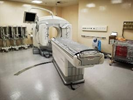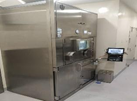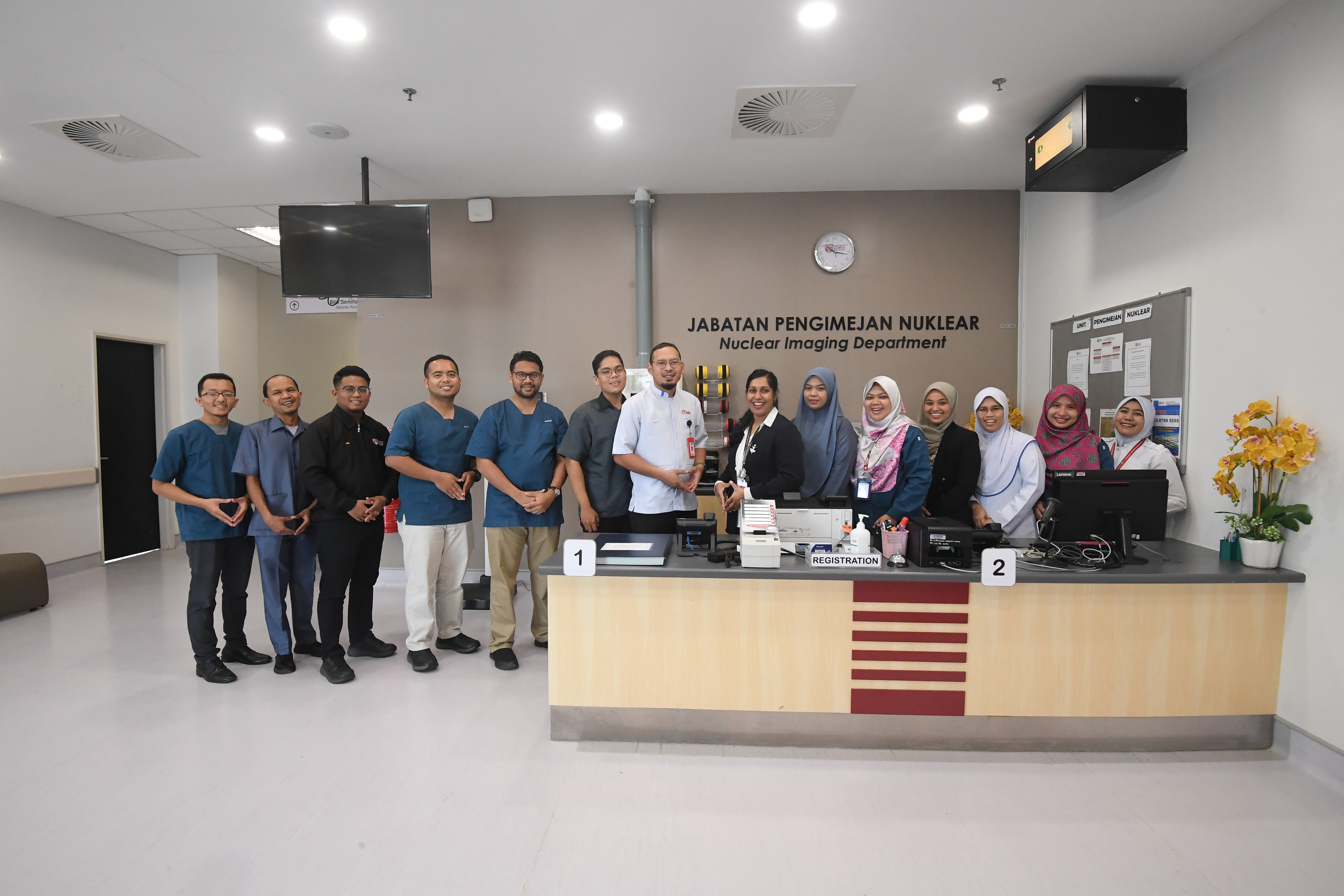
Setting
FONT SIZE
BACKGROUND COLOR
SCREEN READER
-
Perisian untuk membantu pengguna kurang upaya untuk menterjemah teks kepada ucapan suara / audio:
https://ttsreader.com/ https://www.naturalreaders.com/online/

Newsletter

Our Entity
visit us

Documents
DOCUMENT

























